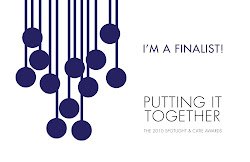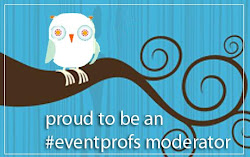 All right, you have an event coming up. You have your bases covered: Venue (check). Food and beverage (check). The invitations will hit the printer (or the inbox) next week. The phone calls to entertainment are in. Production companies are responding to the RFP. All that is left to do is figure out the details of design: the flowers, linens, and those crazy centerpieces your budget has you doing yourself. But what are you going to do? Pick a theme? Arabian Nights? Tropical Island? VEGAS (baby!)? Something generic but colorful? That trendy lounge furniture you saw in the industry magazine spread or at the last industry association event?
All right, you have an event coming up. You have your bases covered: Venue (check). Food and beverage (check). The invitations will hit the printer (or the inbox) next week. The phone calls to entertainment are in. Production companies are responding to the RFP. All that is left to do is figure out the details of design: the flowers, linens, and those crazy centerpieces your budget has you doing yourself. But what are you going to do? Pick a theme? Arabian Nights? Tropical Island? VEGAS (baby!)? Something generic but colorful? That trendy lounge furniture you saw in the industry magazine spread or at the last industry association event?STOP! You have already gone too far, too fast and are about to cross the line near dangerous ground of bad event design.
Now I don’t mean bad design in that it will look bad or not work out or that the theme you choose won’t leave your guests with a general good feeling. But this column is about event design, and while I have the ability to voice my opinion out loud, I feel an obligation to share my vivid passion about the transformative power of great events that are the result of thoughtful and strategic decisions.
Great event design is not pricey, but purposeful. It is planned. It is strategized from the very beginning. It is not about picking this theme or that or jumping on the latest trend be it LED or lounge – both of which are established and old news.

How does one strategize event design? By asking the relevant and important questions necessary for successful event production. The movement of marketing is to the message and events must follow suit, coming to understand the significance of purpose, of place and audience. Design is the articulation of purpose; it is, at its best, a cohesive experience of each element of the event working in tandem and performing in harmony. Great event design requires the designer to understand the function of the event and expectations of its guests. It incorporates the message of the event to communicate with event guests. It understands its purpose and uses that guideline to create and innovate, to surprise and delight.






No comments:
Post a Comment